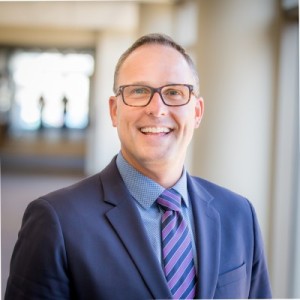- Video Library
- Jeff Cambra Presents SpinaFX at LSI Europe '23
Jeff Cambra Presents SpinaFX at LSI Europe '23

Jeff Cambra
As a veteran medical device and therapeutics industry executive, I have expertise in interventional spine procedures, biologics and devices including kyphoplasty, vertebroplasty and bone ablation. Throughout my career, I have managed product development, commercialization, product portfolios, mergers and acquisitions with a strong focus on interventional spine technologies and biologics.
I am honored to lead SpinaFX Medical in bringing a novel medical treatment for back pain to market. With my passion for the interventional space, I constantly assess and monitor multiple promising technologies, and I recognized the breakthrough potential of SpinaFX’s technology over a decade ago. With SpinaFX, I am leveraging my experience in the medical device field to deliver value for our patients, customers, and shareholders.
Jeff Cambra
As a veteran medical device and therapeutics industry executive, I have expertise in interventional spine procedures, biologics and devices including kyphoplasty, vertebroplasty and bone ablation. Throughout my career, I have managed product development, commercialization, product portfolios, mergers and acquisitions with a strong focus on interventional spine technologies and biologics.
I am honored to lead SpinaFX Medical in bringing a novel medical treatment for back pain to market. With my passion for the interventional space, I constantly assess and monitor multiple promising technologies, and I recognized the breakthrough potential of SpinaFX’s technology over a decade ago. With SpinaFX, I am leveraging my experience in the medical device field to deliver value for our patients, customers, and shareholders.

17011 Beach Blvd, Suite 500 Huntington Beach, CA 92647
714-847-3540© 2025 Life Science Intelligence, Inc., All Rights Reserved. | Privacy Policy







